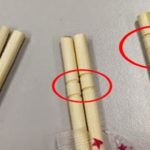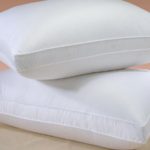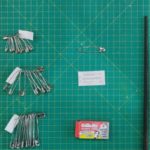Many people are concerned about their oral hygiene and brush their teeth regularly, but they often overlook the importance of replacing their chopsticks and spoons. So, how often should you replace these utensils, and what materials are safe to use? Let’s find out!
1. Lifespan of Chopsticks and Spoons
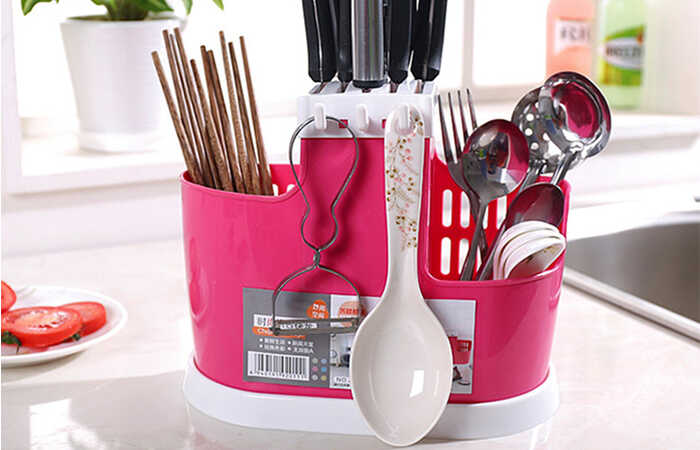 Lifespan of Chopsticks and Spoons
Lifespan of Chopsticks and Spoons
Just like any other material, chopsticks and spoons have a limited lifespan. The lifespan depends on the material they are made of, and it is recommended to replace them every 6 months to a year.
Even if they look new, these utensils may have undergone changes that are not visible to the naked eye. It is best to replace them regularly to ensure the health and safety of your family.
Chopsticks and spoons come into contact with various types of food and substances, which can cause corrosion and oxidation. Over time, they may no longer be safe to use and can negatively impact your health.
2. When to Replace Chopsticks and Spoons
The replacement frequency depends on the material and the physical condition of the utensils. Here’s a breakdown by material:
Plastic Chopsticks and Spoons
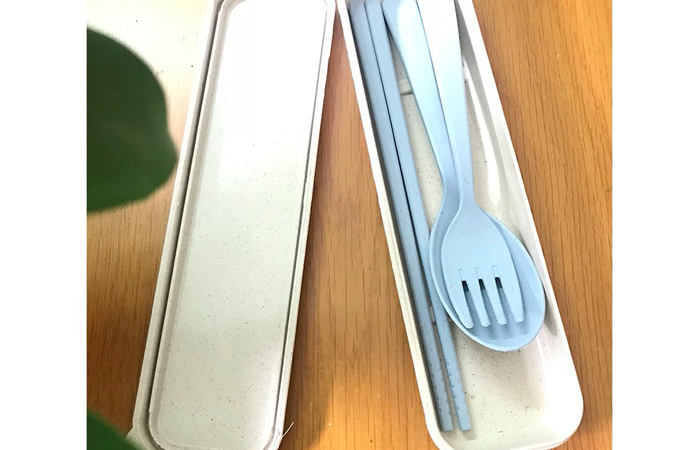
Plastic utensils should be replaced every 3 to 6 months. Look out for signs of deformation, discoloration, or damage. If you notice any of these, it’s time to get a new pair.
When purchasing plastic chopsticks and spoons, opt for reputable brands that use safe materials such as melamine or polymer plastic. Avoid exposing plastic utensils to high temperatures, as they can melt and deform, posing a health risk.
Wooden or Bamboo Chopsticks and Spoons
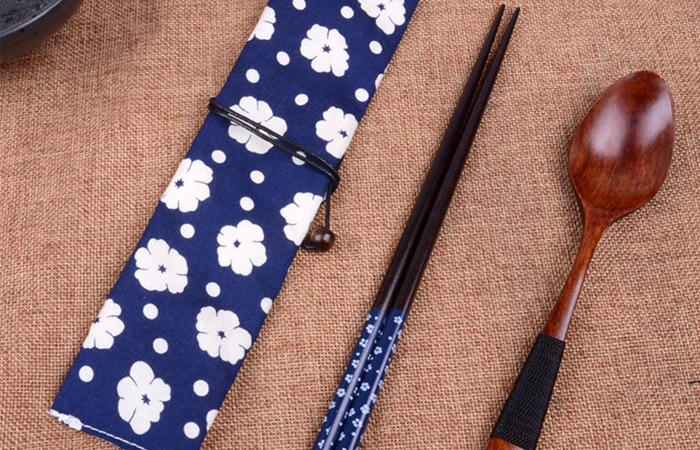
Wooden or bamboo utensils should be replaced every 6 months. Keep an eye out for signs of paint chipping, corrosion, or deformation. If you notice any of these, it’s time to get a new set.
While wooden and bamboo utensils are considered safer, they can be challenging to clean thoroughly. Make sure to wash and dry them properly to prevent bacteria and mold growth.
Stainless Steel Chopsticks and Spoons
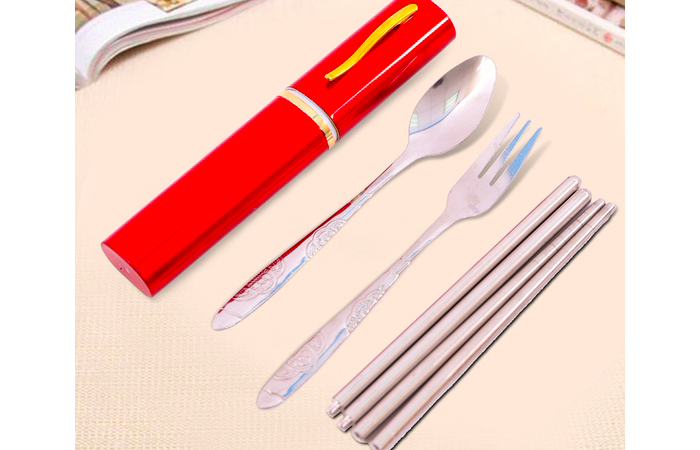
Stainless steel utensils are more durable and can last up to 1 to 2 years. However, keep an eye out for rust, discoloration, or deformation. These signs indicate that the metal has undergone oxidation due to exposure to heat and different types of food, and it may no longer be safe to use.
When purchasing stainless steel chopsticks and spoons, look for high-quality materials such as stainless steel 304, 201, or 430 to ensure their safety.
Ceramic or Porcelain Spoons
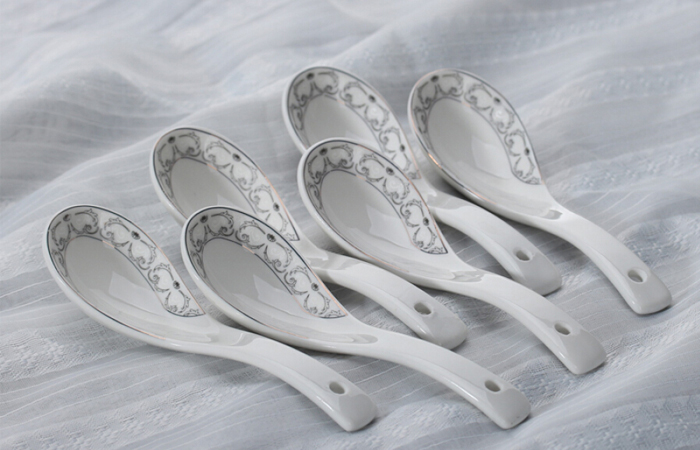
Ceramic or porcelain spoons are known for their durability and longevity. They can last for a very long time, but keep an eye out for any cracks or discoloration. While they are safe to use, they are prone to breaking and can be more expensive than other options.
3. Choosing the Right Material for Your Chopsticks and Spoons
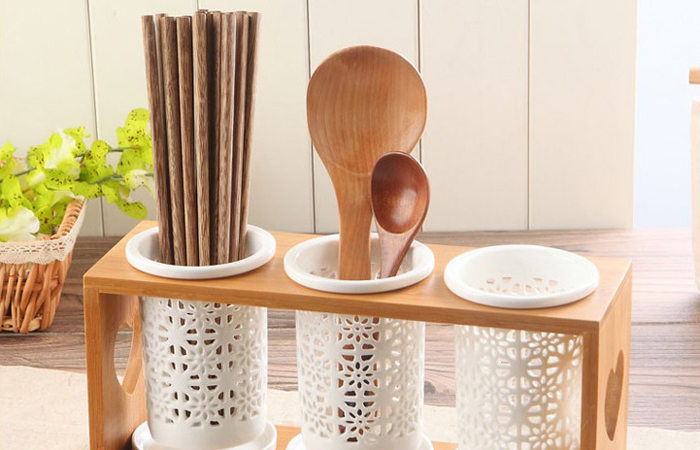
The best material for chopsticks and spoons is considered to be natural wood or bamboo. They are easy to grip, durable, and safe for your health. However, proper cleaning and storage are crucial to prevent mold and bacteria growth.
Another option is stainless steel, which is easy to clean and durable but may be less preferred due to its slippery nature and difficulty in picking up food.
For spoons, ceramic or porcelain is an excellent choice, despite their fragility. They offer a high level of safety and are long-lasting.
Chopsticks and spoons are everyday utensils that require regular replacement. We hope this article has helped you understand the importance of replacing them and choosing the right materials. Remember to inspect your utensils regularly and replace them as needed to ensure the health and safety of your family.

























